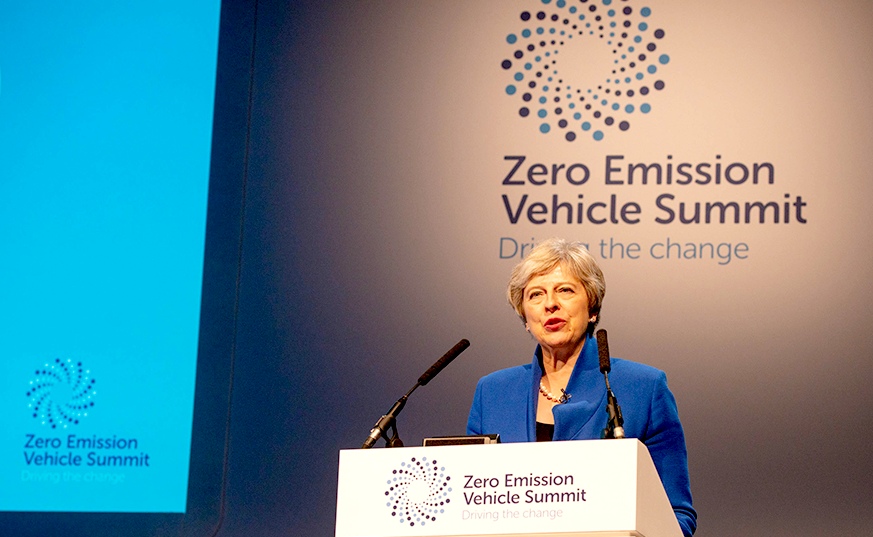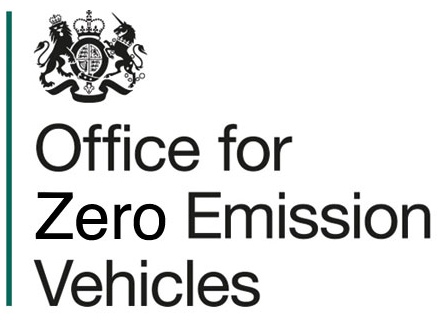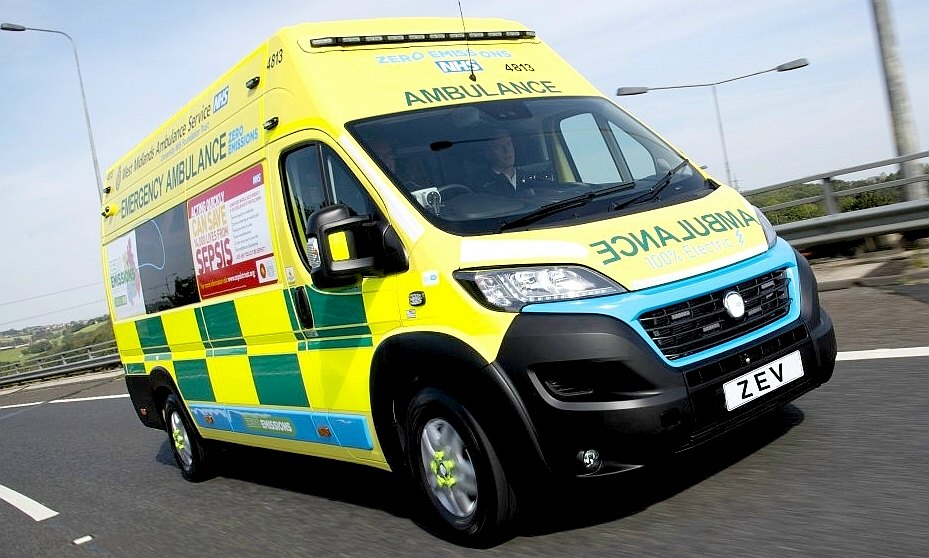|
OZEV CHALLENGE 2 (ONBOARD)
Please use our A-Z INDEX to navigate this site where page links may lead to other sites, or see HOME
|
|
|
Fuel Cells linked to suitable capacity storage cylinders, when combined in a convenient pack, and allied to control electronics with quick release connectors, could provide the range and charging solution that many fleet operators are looking for to be able to clean up the air in cities and towns.
Transitioning towards Zero Emission Vehicles:
feasibility studies
- onboard
As per Challenge 1, the proposed range extending Kit, improves operational performance directly, by allowing vehicles with limited battery range, to not only increase range, but also to be able to take advantage of dual fuel capability.
Dual fuel capability means that the vans so equipped have more refuelling options in the early days of infrastructure insecurity, also known as range anxiety. Where transitional arrangements consist of a somewhat blunderbuss approach from policy makers desperately looking for solutions with the carrot of R&D grants, and even then, what might come out of the melting pot is far from a sure-thing for fleet operators gazing into their crystal balls for investment guidance.
Dual-Fuel means that the ability to slow charge by plugging in at night, is supplemented by instant recharging via cartridge exchange, and while that is not available, by simply filling up with hydrogen gas or liquid, if there is a suitable supply en-route. This feature virtually eliminates downtime, where there is a hydrogen supply infrastructure to tap into. And that is part of the chicken and egg scenario we are looking to overcome.
In circumstances where there is a hydrogen infrastructure, fleet operators will be able to plan longer delivery routes, to include refuelling stops, so increasing the flexibility and range for their delivery drivers.
Research categories
The OZEV will fund industrial research and experimental development projects as defined in their guidance on categories of research.
IDEAL RATIO - HYDROGEN Vs LITHIUM
The FCH-JU have just advertised a call for tenders in an amount of 200,000 EUR, for a study, looking to define:
"The subject of this call for tenders is to provide evidence, through a comprehensive study, of the possible optimal blend between electric recharging and hydrogen refueling infrastructure covering the full spectrum of road transport applications. The study should allow to assess, both per Member State and at European level, the best way to deploy these infrastructures, the synergies and interactions with other existing ones. The results may be used to provide the input necessary for stakeholders on which possible deployment strategies for electric charging and hydrogen refueling for all the various transport modes."
Tender reference number FCH / OP / CONTRACT NO. 296
Title Study on Impact of Deployment of battery Electric Vehicles (BEV) and Fuel Cells Electric Vehicles (FCEV) Infrastructure
LINKS & REFERENCE
https://www.gov.uk/government/organisations/office-for-zero-emission-vehicles https://apply-for-innovation-funding.service.gov.uk/competition/870/overview?_ga=2.62674792.599942321.1615457464-224646731.1615457464
FIAT
DUCATO CONVERSION - The
Chief Executive of West Midlands Ambulance Service University NHS Foundation Trust,
Anthony Marsh, is quoted as saying: West Midlands Ambulance Service has been at the forefront of developing ambulance technology along with our partner VCS.
Powered by lithium-ion batteries situated in the underside of the all-electric ambulance floor pan in a specifically designed and compliant enclosure, and a low centre of gravity, the Electric Dual Crwed Ambulance (E-DCA) conversion has a power output of 129bhp (96kW). It has a top speed of 75mph and can achieve a range of 105-110 miles with a recharge time of 4.25 hours.
Ambulances could benefit from another 200-300 miles in range with the addition of an REK (Range Extending Kit) Hydrogen Battery accessory.
Please use our A-Z INDEX to navigate this site
This website is provided on a free basis as a public information service. copyright © Climate Change Trust 2021. Solar Studios, BN271RF, United Kingdom.
| |


